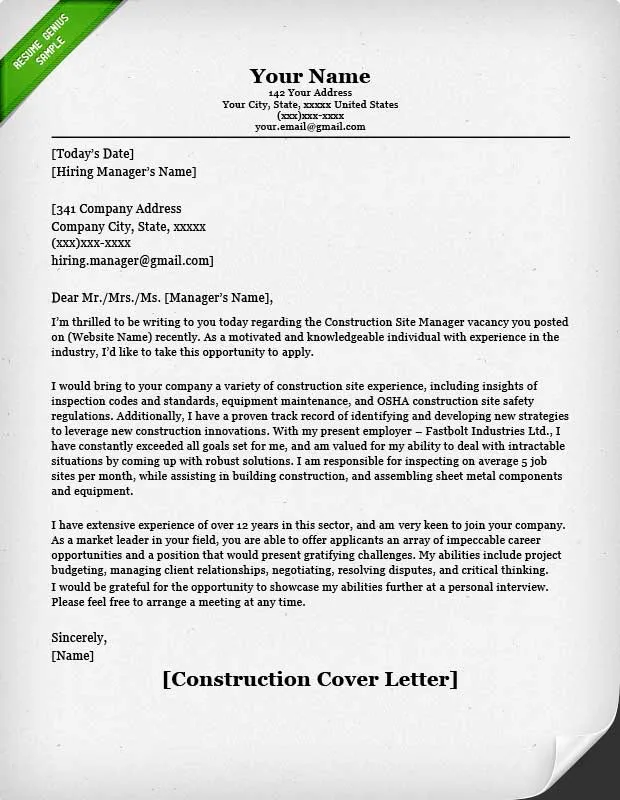Understanding the Purpose of a Cover Letter
A cover letter is an essential document accompanying your resume when applying for a job. It serves as a personalized introduction, allowing you to highlight your qualifications, express your interest in the specific position, and showcase your personality. Unlike a resume, which provides a factual overview of your experience, a cover letter gives you the opportunity to connect with the hiring manager on a more personal level and demonstrate why you are a perfect fit for the role and the company. It’s your chance to make a strong first impression and increase your chances of getting an interview.
What is a Cover Letter and Why is it Important?
A cover letter is a one-page document that introduces you to a potential employer and complements your resume. It provides additional context, explaining why you are applying for a specific job and detailing how your skills and experience align with the requirements of the position. It’s important because it’s often the first impression you make on a hiring manager. A well-written cover letter can set you apart from other applicants and significantly boost your chances of getting an interview. It allows you to demonstrate your enthusiasm for the role and the company, showcasing your communication skills and attention to detail.
Key Benefits of Using a Cover Letter
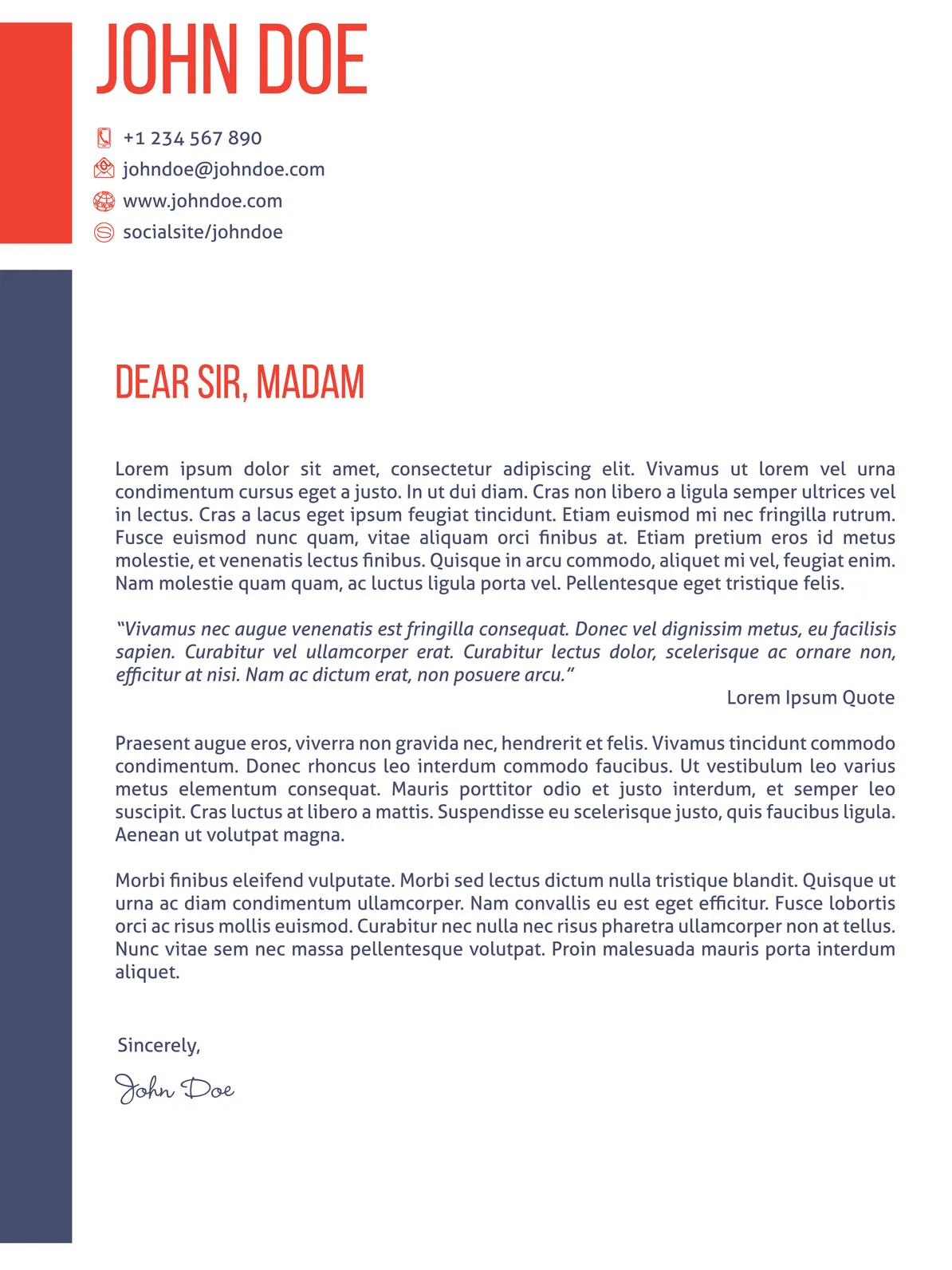
The benefits of using a cover letter are numerous. Firstly, it allows you to personalize your application and tailor it to the specific job and company. Secondly, it provides an opportunity to elaborate on your skills and experiences, connecting them directly to the job requirements. Thirdly, it showcases your communication skills and writing abilities, which are crucial in many professional roles. Furthermore, a cover letter allows you to demonstrate your enthusiasm and genuine interest in the position, which can make a significant difference in the eyes of the hiring manager. Finally, it can help you stand out from the competition by highlighting unique aspects of your background and qualifications.
Essential Components of a Cover Letter
A well-structured cover letter has several key components. These elements work together to create a compelling narrative that captures the reader’s attention and effectively communicates your value as a candidate. Ensuring each section is well-crafted and tailored to the specific job is crucial for a successful application. Neglecting any of these elements can diminish the impact of your cover letter and reduce your chances of getting an interview. By including all the necessary components, you demonstrate your professionalism and your understanding of the job application process.
Your Contact Information and Date
At the very top of your cover letter, include your contact information. This typically includes your full name, address, phone number, and email address. The date should be placed below your contact information, usually aligned to the left or right. Ensure that your contact information is current and accurate, as this is how potential employers will reach you. Using a professional email address is essential; avoid using nicknames or unprofessional language in your email address. This section is a simple but crucial element, as it allows the hiring manager to easily contact you if they are interested in your application.
Addressing the Hiring Manager
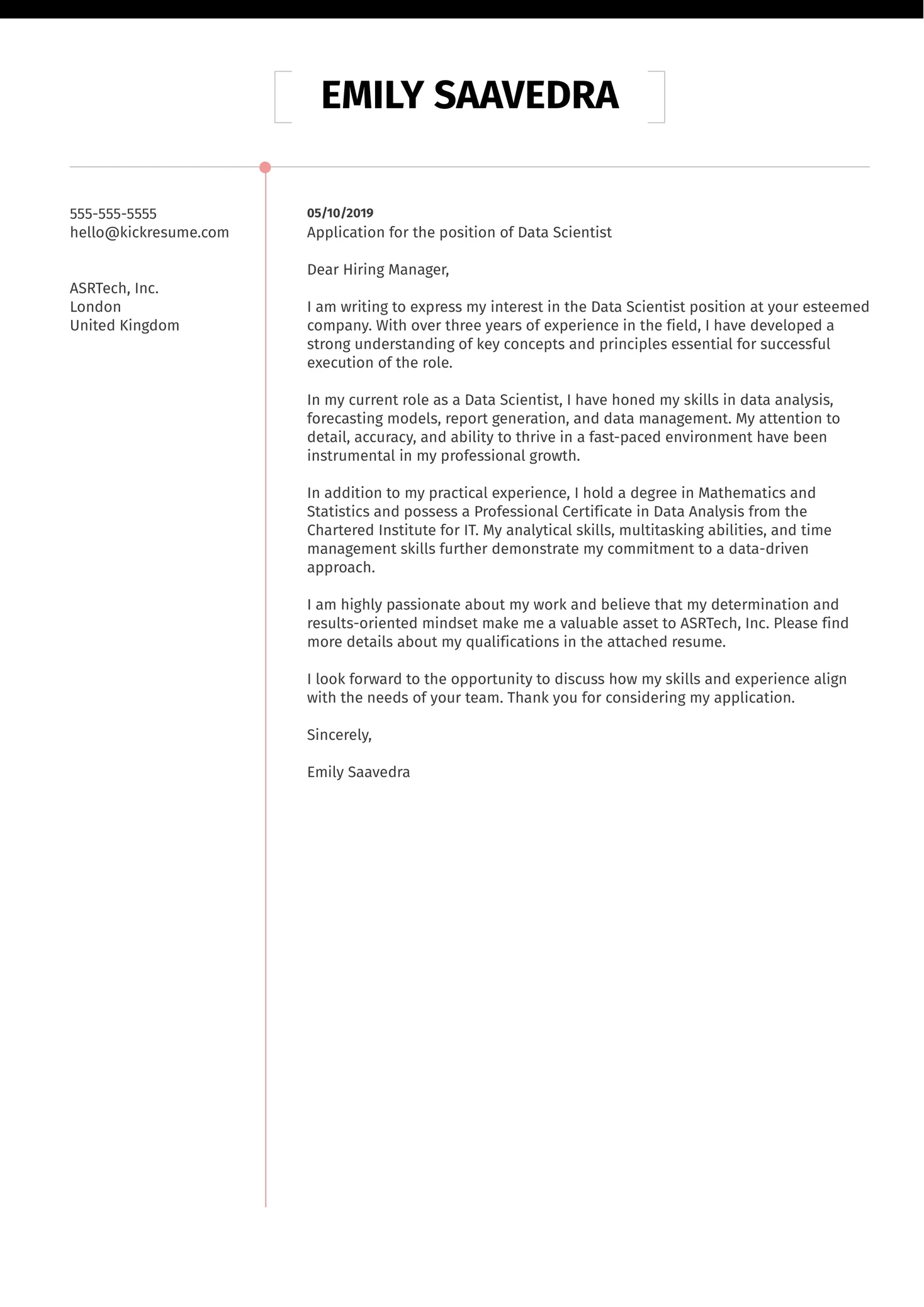
Whenever possible, address the hiring manager by name. This personal touch demonstrates that you’ve taken the time to research the company and the specific job, showcasing your initiative and attention to detail. If you can’t find the hiring manager’s name, use a professional salutation such as ‘Dear Hiring Manager’ or ‘Dear [Company Name] Hiring Team.’ Avoid generic greetings like ‘To Whom It May Concern,’ as these can make your application seem less personalized. Finding the hiring manager’s name shows you’re serious about the role and adds a personal touch that will make your letter stand out.
The Opening Paragraph — Grab Their Attention
Your opening paragraph is your chance to make a strong first impression. Start by stating the position you are applying for and where you found the job posting. Briefly and enthusiastically mention why you are interested in the role and the company. Consider including a compelling statement about your skills or a key achievement that aligns with the job requirements. The goal is to immediately capture the hiring manager’s attention and make them want to read more. Showcasing your enthusiasm and providing a brief overview of your key qualifications in the first paragraph sets the tone for the rest of your cover letter and increases the likelihood of the reader continuing through the entire document.
Body Paragraphs — Showcase Your Skills
The body paragraphs are where you showcase your skills and experience in relation to the job requirements. Each paragraph should focus on a specific skill or experience, providing clear examples and demonstrating how you have successfully used those skills in previous roles. Use the job description as your guide, highlighting the qualifications and experiences that the employer is looking for. Structure each paragraph logically, starting with a topic sentence that introduces the skill or experience, followed by specific examples of how you have used it. Quantify your achievements whenever possible to provide concrete evidence of your capabilities. This will make your application more compelling and demonstrate your ability to excel in the role.
Highlighting Relevant Skills and Experience
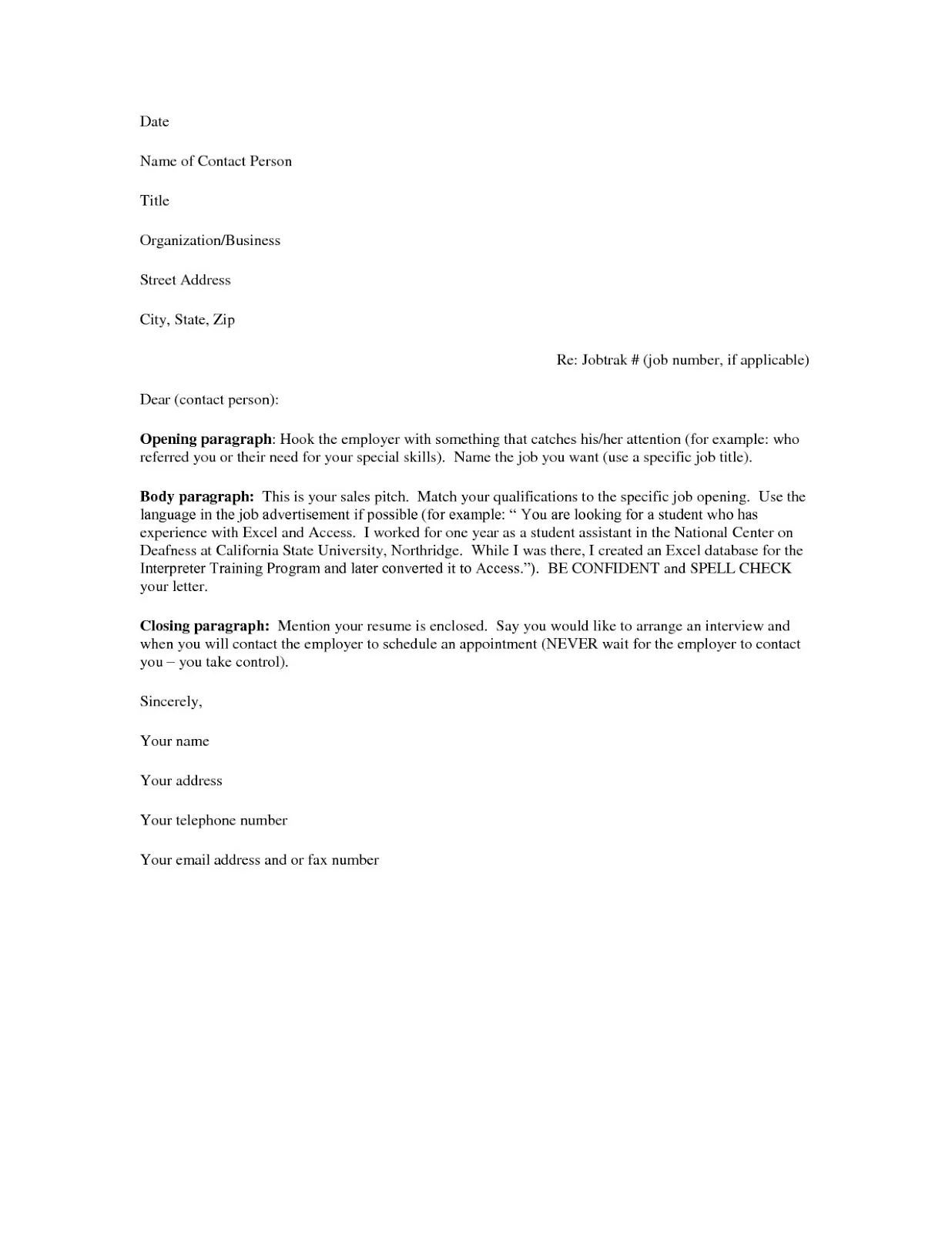
Focus on the skills and experience that are most relevant to the job you are applying for. Carefully review the job description and identify the key requirements and qualifications. Then, in your cover letter, provide specific examples of how you have demonstrated those skills and how your experience aligns with the role. Use action verbs to describe your accomplishments and quantify your achievements whenever possible. This will show the hiring manager that you not only possess the necessary skills but also have a proven track record of success. Tailoring your letter to the specific job demonstrates your understanding of the position and shows that you have carefully considered the requirements.
Quantifying Achievements
When describing your accomplishments, use numbers and data to quantify your achievements. Instead of saying, “Improved sales,” say, “Increased sales by 15% in six months.” Providing concrete examples makes your claims more credible and demonstrates your impact in previous roles. Use metrics, statistics, and specific numbers to showcase your successes. This helps the hiring manager quickly understand the value you can bring to their organization. Quantifying your achievements gives your cover letter more impact and makes it easier for the hiring manager to see the benefits of hiring you.
Tailoring Your Letter to the Job Description
Customize your cover letter for each job application. Carefully read the job description and highlight the skills, experiences, and qualifications that the employer is seeking. Use the same keywords and phrases as the job description to demonstrate that you understand the role and possess the necessary skills. Avoid sending generic cover letters; instead, show that you have taken the time to research the company and tailor your letter to their specific needs. This will significantly increase your chances of getting an interview. Personalization shows the hiring manager that you are genuinely interested in the role and the company.
The Closing Paragraph — Call to Action
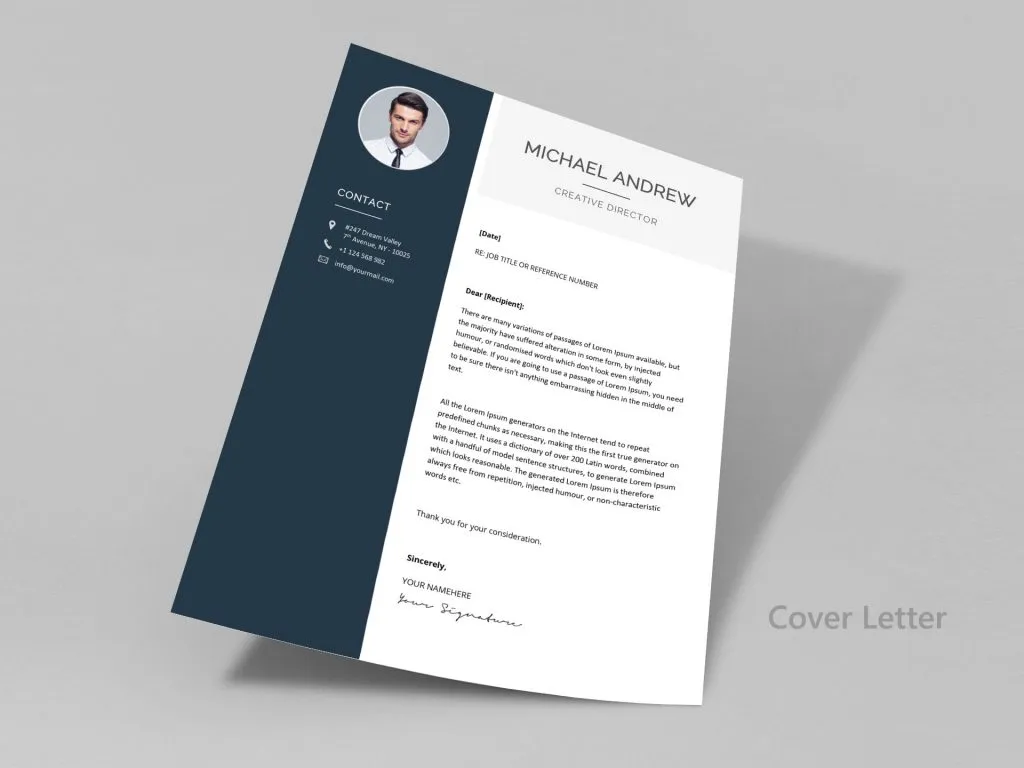
In your closing paragraph, reiterate your interest in the position and express your enthusiasm for the opportunity. Thank the hiring manager for their time and consideration. Include a call to action by stating that you are available for an interview and provide your contact information again. Make it easy for the hiring manager to take the next step. A strong closing paragraph leaves a lasting positive impression and increases your chances of being contacted. This final paragraph wraps up your application and reinforces your keenness to move forward in the hiring process.
Formatting and Proofreading Your Cover Letter
Formatting and proofreading are crucial steps in ensuring your cover letter is professional and polished. A well-formatted and error-free cover letter demonstrates your attention to detail and professionalism, making a positive impression on the hiring manager. Poor formatting and grammatical errors can undermine your application, regardless of your qualifications. Taking the time to format your cover letter correctly and proofread it carefully is a worthwhile investment that can significantly increase your chances of getting an interview. These elements demonstrate your professionalism and attention to detail.
Font Selection and Layout
Choose a professional and easy-to-read font, such as Times New Roman, Arial, or Calibri, with a font size between 10 and 12 points. Use a clear and simple layout with consistent formatting throughout the document. Keep your letter to one page. Use margins of 1 inch on all sides and ensure there is sufficient white space to make the letter easy to read. A well-formatted cover letter is visually appealing and guides the reader’s eye through the content. Properly formatted documents convey professionalism and an understanding of business communication standards.
Proofreading and Editing for Errors
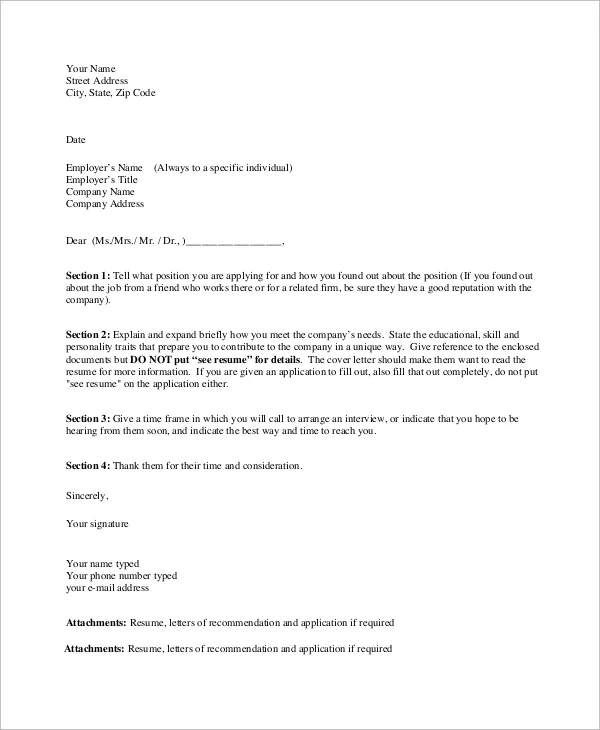
Proofread your cover letter meticulously for any grammatical errors, typos, and spelling mistakes. Read it aloud to catch any awkward phrasing or sentence structure issues. Consider having a friend or family member review your letter, as a fresh pair of eyes can often spot errors you might miss. Double-check all names, dates, and company information. Errors can undermine your credibility and make you appear careless. A well-proofread cover letter demonstrates your professionalism and your commitment to quality. Careful proofreading shows that you take pride in your work.
Cover Letter Samples for Different Industries
Cover letter samples can provide valuable guidance and inspiration when writing your own. These samples can help you understand how to structure your letter, tailor your language, and highlight relevant skills for various industries and job roles. Use the samples as a template, but remember to personalize each cover letter to reflect your unique qualifications and the specific requirements of the job. Always adjust the content to match the requirements of the roles you apply for.
Cover Letter Sample for Marketing Professionals
A cover letter for marketing professionals should emphasize your understanding of marketing principles, your creativity, and your ability to drive results. Highlight your experience with specific marketing strategies, such as content marketing, SEO, social media, or email marketing. Quantify your achievements by including metrics like increased website traffic, lead generation, or sales growth. Demonstrate your ability to analyze data, create marketing campaigns, and manage projects. Use industry-specific language and showcase your passion for marketing and brand building. Your marketing cover letter should be as creative and engaging as your marketing campaigns would be.
Cover Letter Sample for IT Professionals
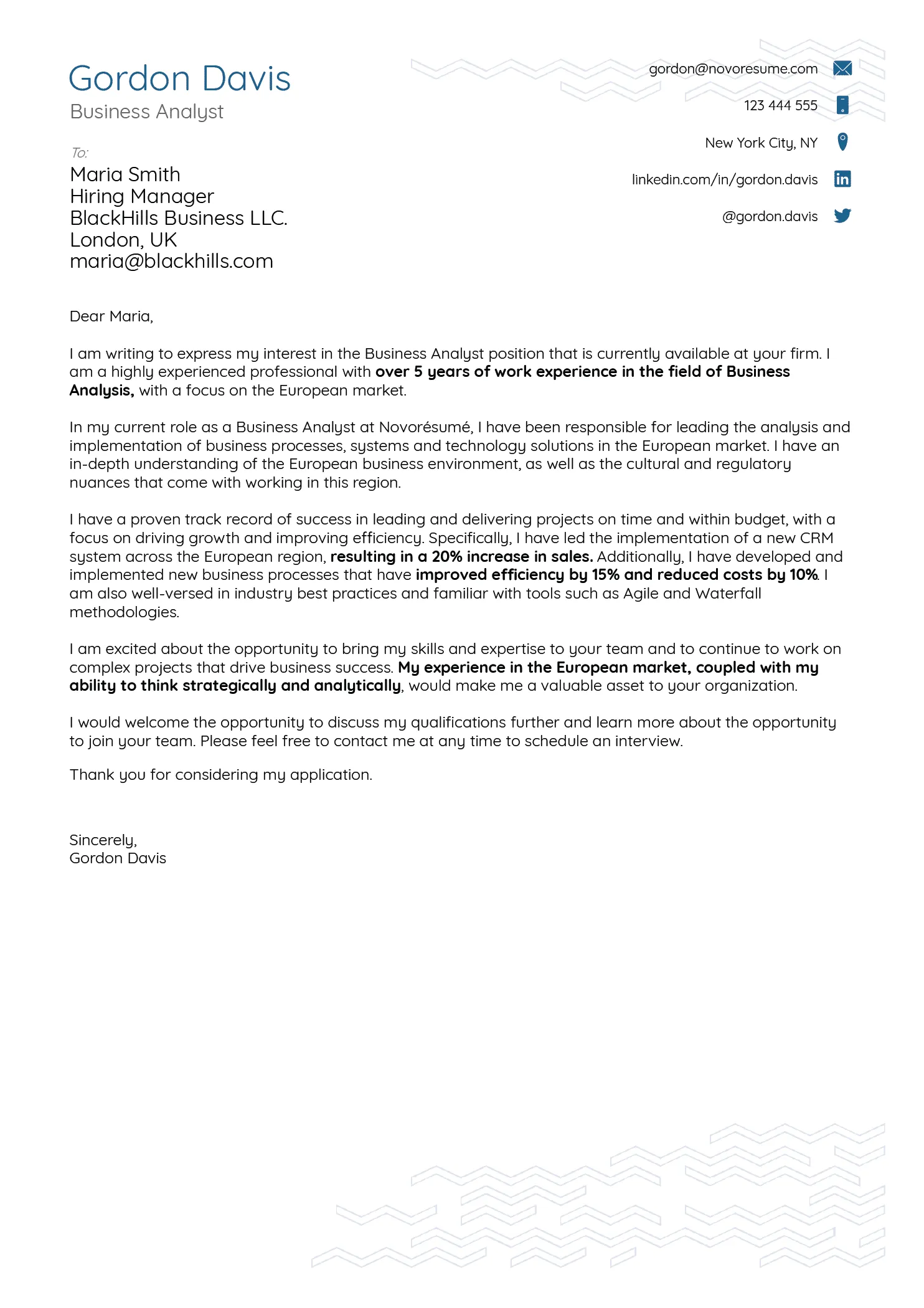
For IT professionals, the cover letter should showcase your technical skills, problem-solving abilities, and experience with relevant technologies. Highlight your experience with programming languages, software development, cybersecurity, or IT infrastructure. Emphasize your ability to troubleshoot technical issues, manage projects, and work collaboratively with a team. Include any certifications or special training you have. Demonstrate your commitment to staying current with industry trends and your passion for technology. Your cover letter should present your technical expertise and your ability to apply those skills in practical ways.
Cover Letter Sample for Recent Graduates
A cover letter for recent graduates should focus on your education, skills, and any relevant internships or projects. Highlight your academic achievements, relevant coursework, and any extracurricular activities that demonstrate leadership or teamwork skills. Even if you lack extensive work experience, emphasize transferable skills such as communication, problem-solving, and time management. Tailor your letter to the specific job requirements and demonstrate your enthusiasm for starting your career. Showcase your eagerness to learn and contribute to the company. Your cover letter represents your first step into the professional world.
Final Thoughts and Next Steps
Writing a compelling cover letter is an essential part of the job application process. By following the guidelines and incorporating the tips outlined in this guide, you can create a cover letter that grabs the hiring manager’s attention, highlights your qualifications, and increases your chances of landing an interview. Remember to tailor your letter to each job, proofread carefully, and showcase your unique skills and experiences. With a well-crafted cover letter, you can make a strong first impression and take a significant step toward securing your dream job. Take your time, be thorough, and present your best self. Good luck!
